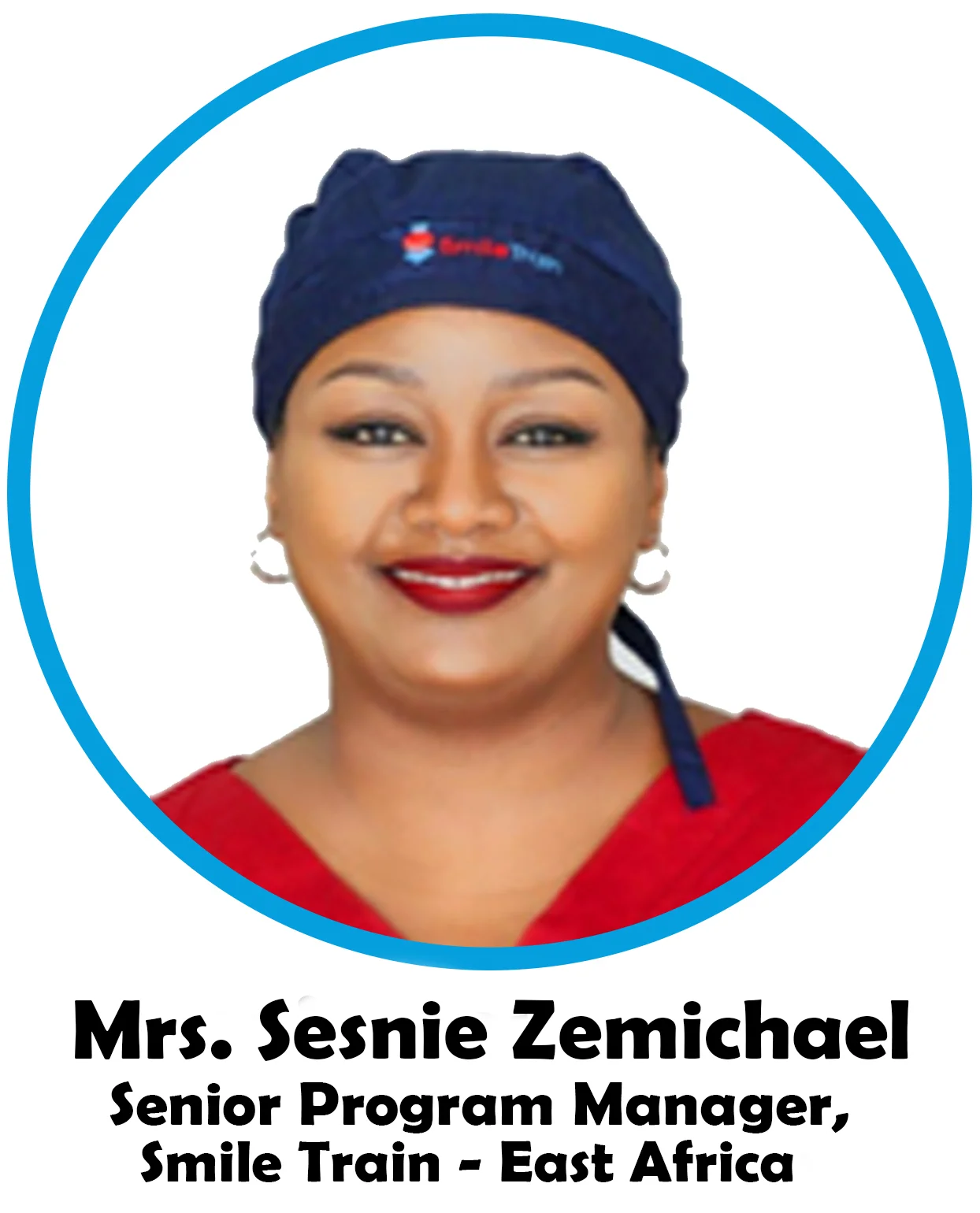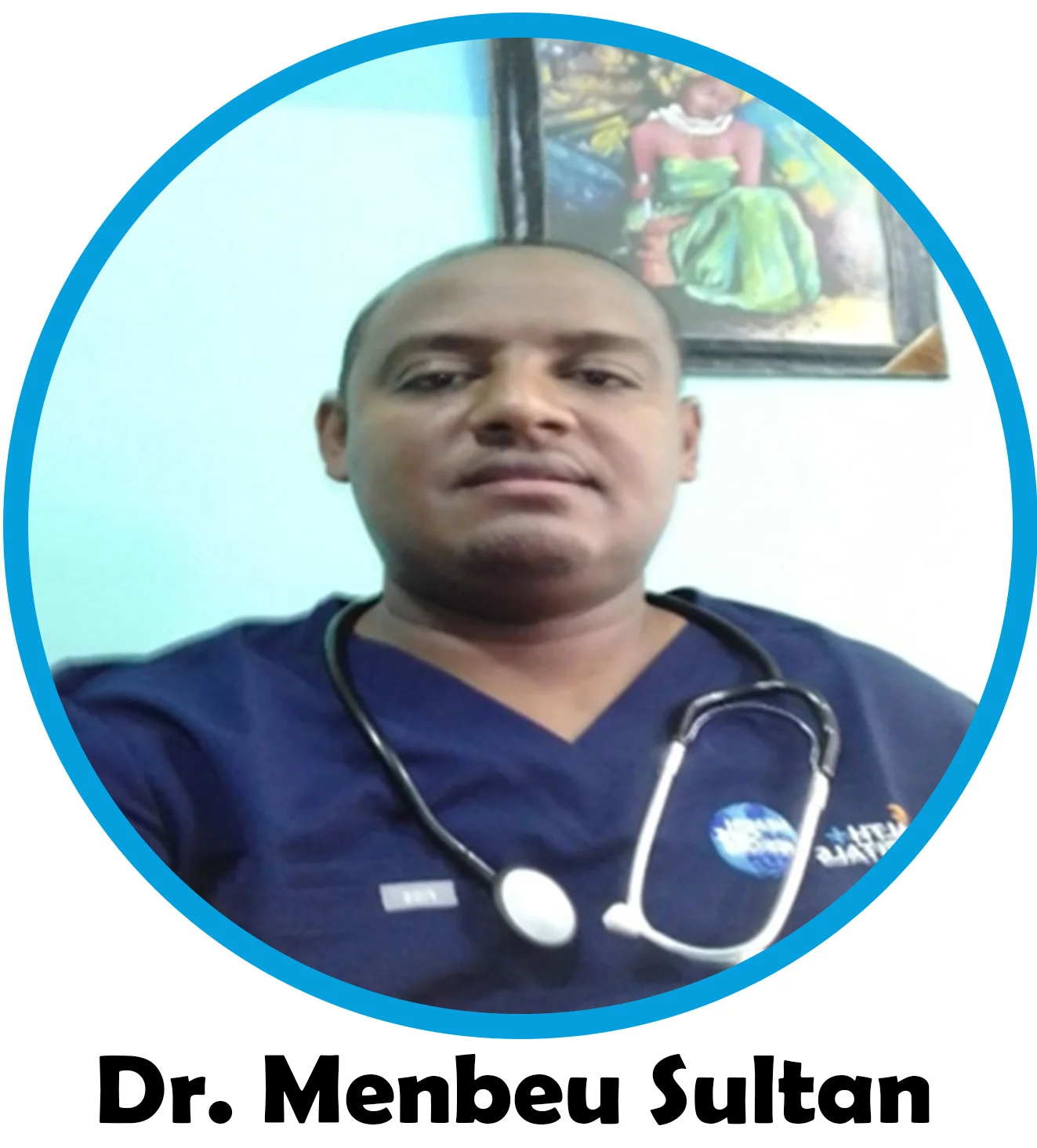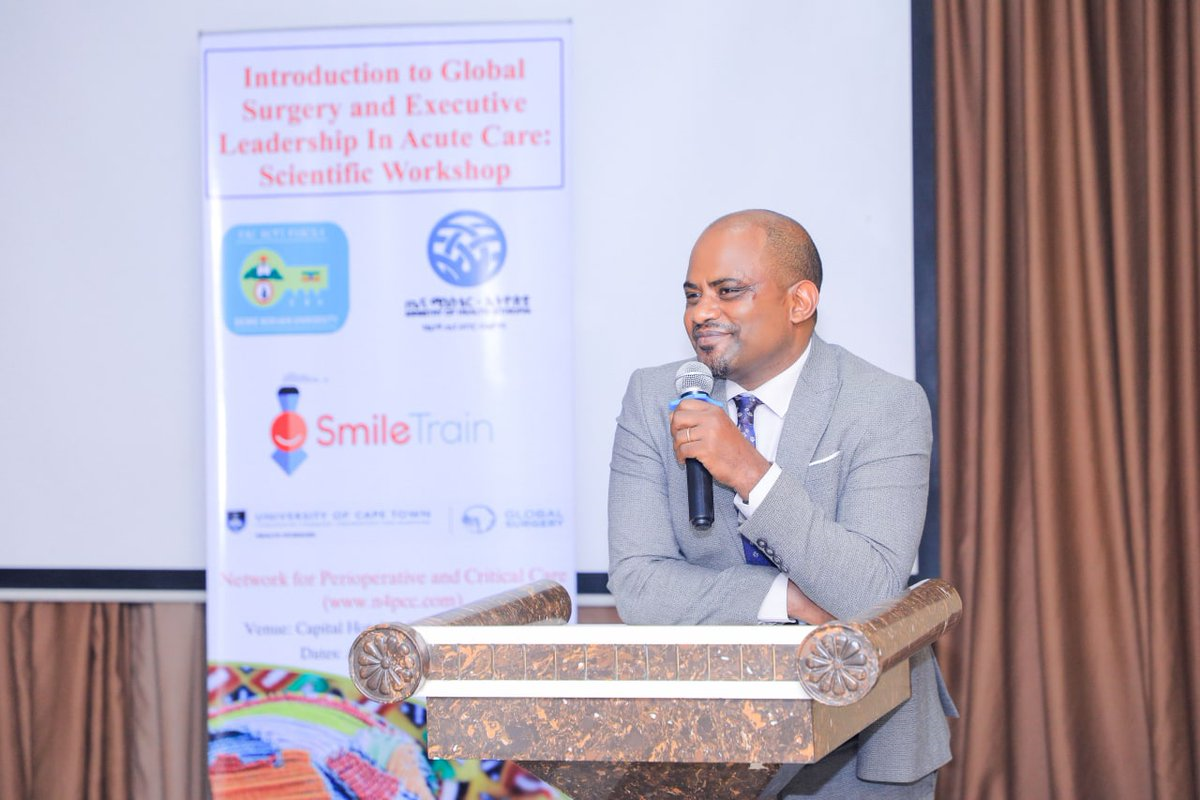Women in Public Health: Transforming Lives, Carving Paths, and Paying It Forward.
Published online: 4/4/2023 For any aspiring young professional, in any discipline, mentorship is key. Not many are lucky enough to have found themselves a mentor as I have when I made a career shift from clinical medicine to public health. Having gone through a career pivot herself, Sesnie Zemichael, Smile Train’s Senior Program Manager for East Africa, has a story that is truly one for the books. Today, I have the honor of sitting down with her; a great mentor, a supportive colleague, a phenomenal woman, and a dear friend. I am Eleleta Surafel, and I am hosting Sesnie Zemichael today. Have a wonderful read! ES: Thank you so much for your time, Sesnie. SZ: Of course! Thank you for choosing my story. ES: Let’s jump right in, shall we? Let’s start off by a brief history of your professional background. SZ: My training is in Marketing Management, but I have spent the majority of my career working in the humanitarian and development space with international organizations such as Department for International Development (DFID), Save the Children, World Bank, Irish Aid, Canadian International Development Agency (CIDA) and now Smile Train. I have also had the benefit of working in the private sector, including startup, and running my own business. My scope of expertise spans across program management, finance, human resources, operational and managing strategic partnerships across Africa, where I have led large programs with multidisciplinary experts, across a wide geographic area. ES: Oh wow! So health management is quite different from all the other programs that you’ve managed prior to this role. What made you decide to take up this role? What was the transition like? SZ: Taking on the role of managing a health program was indeed a bold move for me, especially considering that I had no prior experience in the medical field. However, when I joined Smile Train, I was excited to take on this challenge because I saw the opportunity to make a difference in the lives of people who were affected by cleft lip and palate. Believe me, the transition was not easy, as I had to learn medical terminologies, understand the science, and familiarize myself with protocols and procedures from scratch. But I was determined to succeed, and I employed a lot of innovation and tact to maneuver. One of the things that helped me move through this new terrain was my capability of building meaningful relationships quickly with a range of professionals in the medical space. They were willing to hold my hands, and I was determined to learn fast. I will forever be grateful to the surgeons, anesthetists, nurses, and other experts who helped me navigate, benefiting me and the program at large. The past 8 years of my career in this role have helped me build some of the most important relationships of my life. Even though cleft management was quite unique from all the other programs I had managed, it has been one of the most rewarding experiences that taught me the value of resilience, determination, and building strong professional relationships. ES: That’s a beautiful way of putting it. How would you say your role at Smile Train relates to you as a person and as a professional? SZ:My role at Smile Train goes far and beyond my professional development. This role has allowed me to grow emotionally and has given me a greater purpose in life. Working for an organization that is committed to transforming the lives of individuals with cleft lip and palate has been incredibly rewarding. The “why” behind what I do every day is crystal clear. Our programs are designed in a way that is unique and sustainable. We empower local medical professionals to provide free and comprehensive cleft care to patients in their own communities. This commitment requires us to have a deeper understanding of the different environment & landscape we operate in, we identify areas for improvement in the health system, and invest in the necessary resources to ensure safe & quality care for our patients. But beyond the technical aspects of our work, the true impact lies in the immediate transformation that we see in our patients’ smiles, as well as the ripple effect it has on their families’ lives. As a mother myself, I can empathize with the parents and guardians of children with cleft lip and palate. I understand the social, emotional, and economic burden that comes with having a child with a facial difference in a society where there is limited awareness, and support for people born with this condition. It brings me great joy to be able to play a role in alleviating some of that burden and make a significant difference in someone’s confidence and self-esteem. Therefore, my role has not only allowed me to grow professionally, but it has also given me a sense of purpose and a deeper appreciation for quantifiable impact in development. ES: Anyone who works in the healthcare sector has that one story that changes or influences the entire trajectory of their perception, career, and behavior. This could be the story of a patient, an attendant, a healthcare professional, or even the healthcare infrastructure or facility itself. Can you share a story that has been pivotal for you in that regard? SZ: I have been fortunate enough to encounter many patients whose lives we have been able to transform. However, in 2015, there was one patient in particular whose story has stayed with me and influenced the trajectory of my career. Akile Tosa, a 22-year-old young lady from the Oromia region in Ethiopia, had been labeled as “Broken Mouth” by some people in her community due to her cleft lip and palate. She grew up feeling isolated and rejected. She’s never been to school or had any friends. But what brought tears to her eyes was the fact that she was never invited to participate in the daily customary coffee ritual in her village. As she shared her



